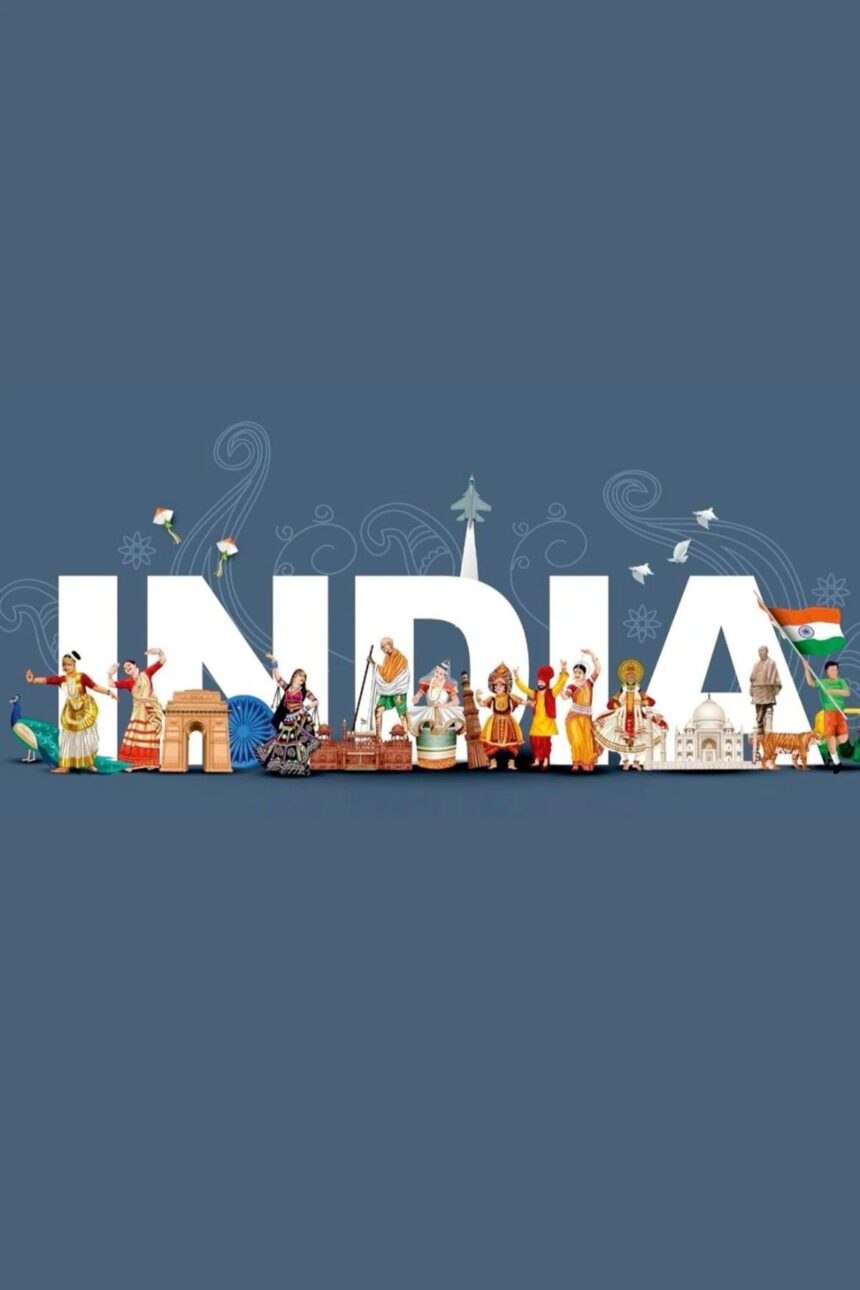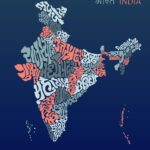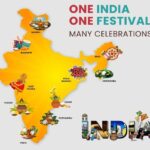Languages of India
India is a vast and diverse country, with a rich cultural and linguistic heritage. Due to its geographical and cultural diversity, many languages are spoken across the country. Some languages are nationally recognized, while others are considered regional dialects. Most Indian languages originate from ancient linguistic traditions and belong to major language families such as Indo-Aryan, Dravidian, Austro-Asiatic, and Tibeto-Burman.
Major Languages and Their Details
| Language | Region / State | Key Facts |
|---|---|---|
| Assamese | Assam | Spoken by nearly 60% of the state’s population. |
| Bengali | West Bengal, Bangladesh | Spoken by nearly 200 million people; official language of West Bengal. |
| Bodo | Assam | Spoken by the Bodo people; belongs to the Assam-Burmese language group. |
| Dogri | Jammu region | Mainly spoken by the people of Jammu. |
| Gujarati | Gujarat | Spoken by 70% of the population; widely spoken in India and abroad. |
| Hindi | Northern India (Hindi belt) | Official language of India; written in Devanagari script; widely understood. |
| Kannada | Karnataka | Spoken by 65% of the state’s population; belongs to Dravidian family. |
| Kashmiri | Jammu & Kashmir | Spoken by about 55% of the state’s population. |
| Konkani | Konkan region (Maharashtra, Goa, Karnataka) | Spoken along the western coast. |
| Maithili | Bihar, Eastern Terai (Nepal) | Widely spoken in northern Bihar and parts of Nepal. |
| Malayalam | Kerala | Youngest of the developed Dravidian languages. |
| Manipuri / Meitei | Manipur | Official language of Manipur. |
| Marathi | Maharashtra | Has a fully developed modern literature. |
| Nepali | North Eastern India, Nepal | Spoken in parts of Sikkim, West Bengal, and northern regions. |
| Oriya / Odia | Odisha | A branch of Indo-Aryan family; official language of Odisha. |
| Punjabi | Punjab | Written in Gurmukhi script; official language of Punjab. |
| Sanskrit | Pan India | Classical language; one of the oldest recorded languages in the world. |
| Santhali | Chota Nagpur Plateau (Jharkhand, Bihar, Odisha, Chhattisgarh) | Spoken by Santhal tribals. |
| Sindhi | Northwest India, parts of Pakistan | Spoken widely in northwest India. |
| Tamil | Tamil Nadu | Spoken by more than 73 million people; ancient literary tradition. |
| Telugu | Andhra Pradesh | Numerically the largest linguistic group in India. |
| Urdu | Jammu & Kashmir, parts of India | Written in Perso-Arabic script; closely related to Hindi. |
Language Families in India
Indo-Aryan Languages: Spoken by ~70% of Indians (Hindi, Bengali, Marathi, Punjabi, Odia).
Dravidian Languages: Spoken by ~22% of Indians (Tamil, Telugu, Kannada, Malayalam).
Austro-Asiatic Languages: Spoken by tribal groups (Santhali, Mundari).
Tibeto-Burman Languages: Spoken in Northeast India (Bodo, Manipuri, Naga languages).
Official and Constitutional Status
Hindi (Devanagari script) is the official language of the Union under Article 343 of the Constitution. It is the mother tongue of about 20% of Indians, primarily in the “Hindi belt” of northern India (Uttar Pradesh, Uttarakhand, Bihar, Madhya Pradesh, Chhattisgarh, Rajasthan, Haryana, Himachal Pradesh).
English enjoys a special status as an associate official language, used extensively in legislation, judiciary, and administration.
Each Indian state may have its own official language for administrative purposes.
The Eighth Schedule of the Constitution recognizes 22 languages, giving them official status and promoting their development.
Conclusion
India is a multilingual and culturally diverse country, where languages are more than a means of communication—they are carriers of heritage, literature, and identity. The constitutional recognition of multiple languages ensures inclusivity, national unity, and preservation of linguistic diversity.









Hello! I could have sworn I’ve been to this website before but after browsing through some of the post I realized it’s new to me. Anyways, I’m definitely delighted I found it and I’ll be bookmarking and checking back frequently!